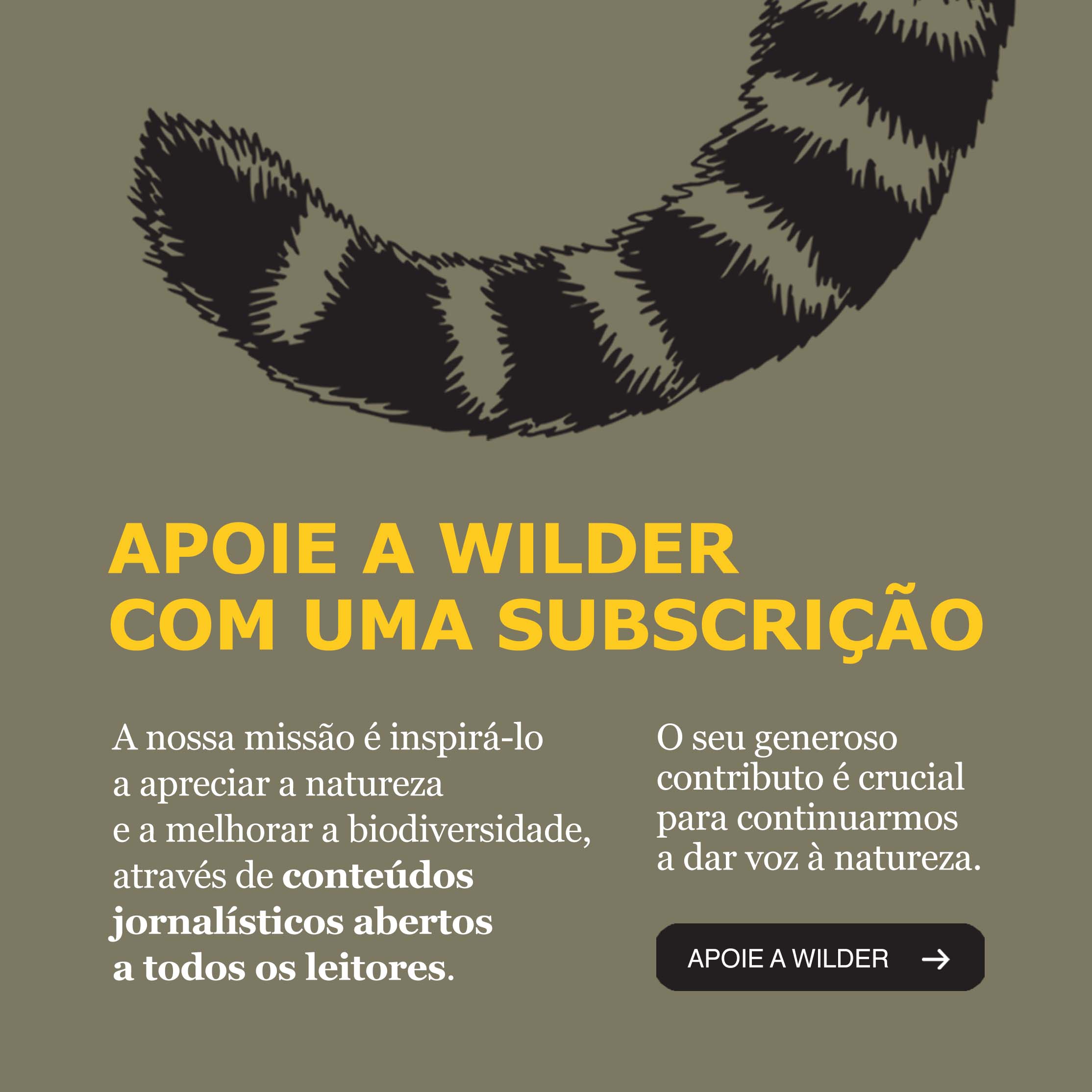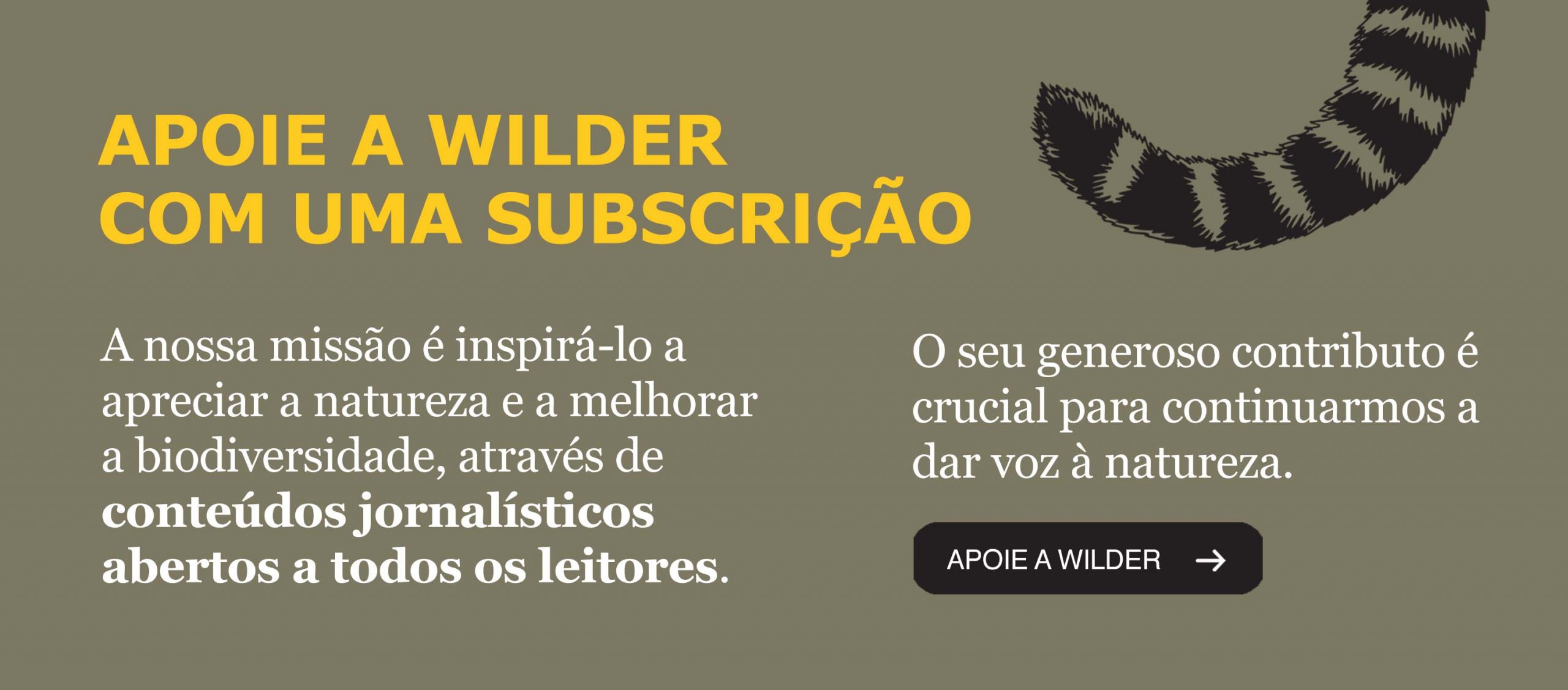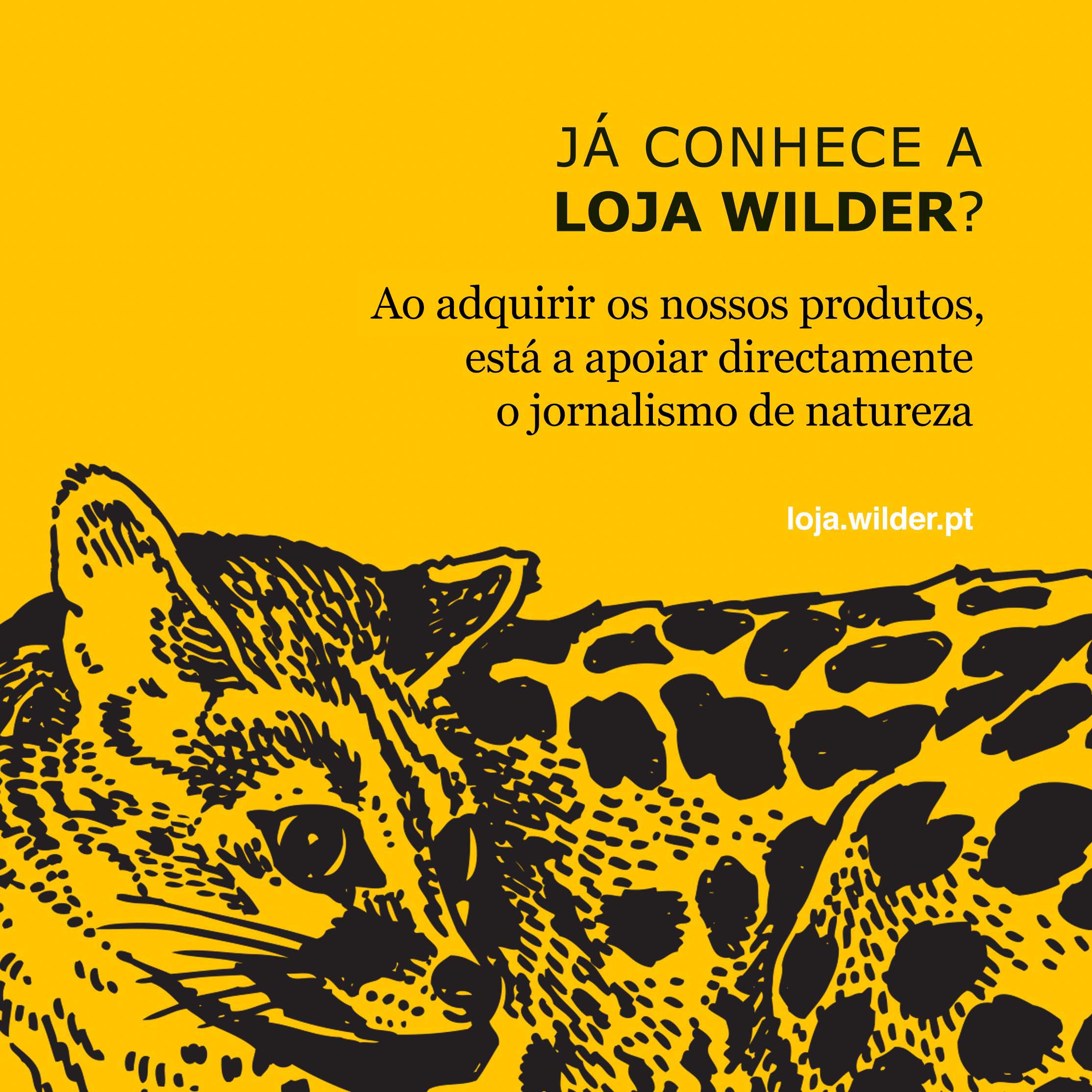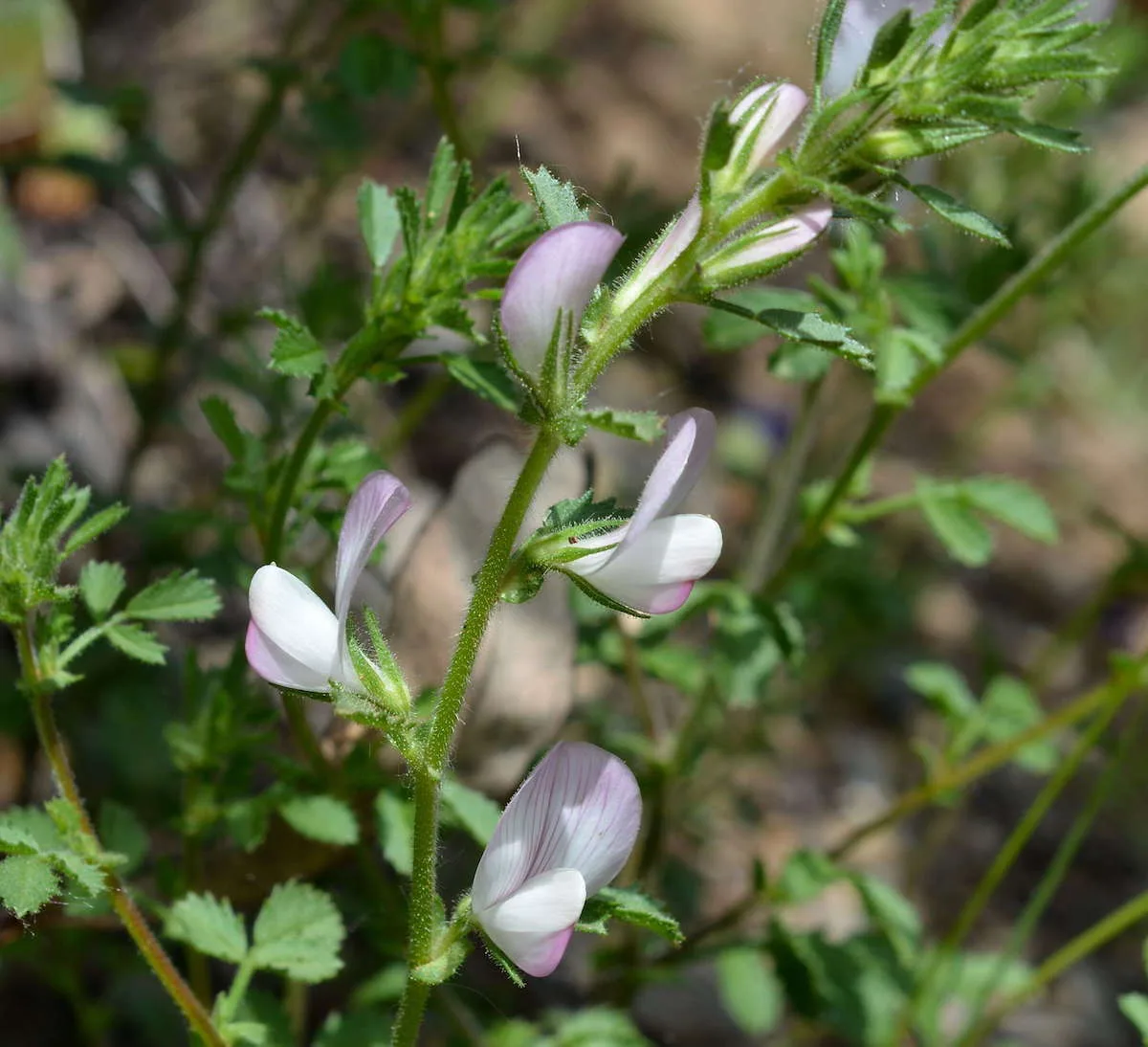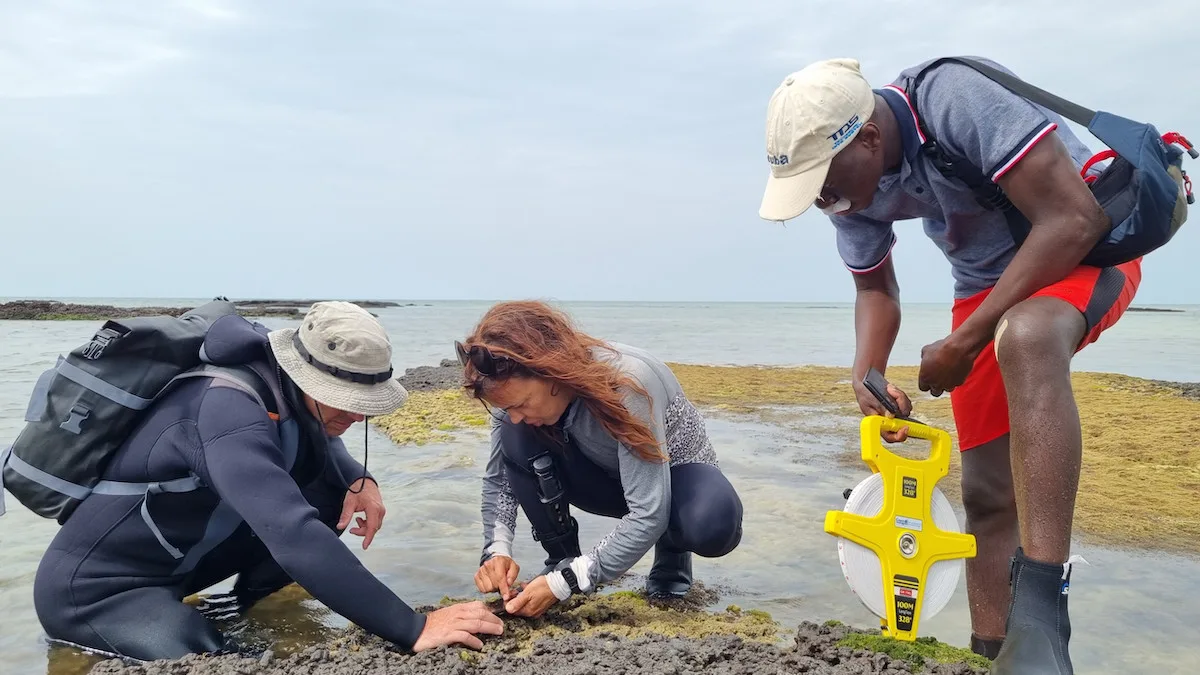Andrea Schmidt decided what she wanted to do with her life when she saw a humpback whale (Megaptera novaeangliae) with her young passing right before her eyes near Abrolhos islands, Brazil. “Seeing these animals in the wild, with their young, made me feel so good. On that very moment I knew I wanted to be a wildlife photographer”, this Brazilian biologist, 28, told Wilder.
But seeing whales for the first time was just the beginning of a journey of a lifetime. Andrea turned her daily life into a mission: to photograph marine birds and to show the danger plastic represents to them. Since then, she has travelled to several countries, especially south America and Europe, looking for marine birds.
On October 2013, while photographing seals in Helgoland Island, on the North Sea, she discovered a huge rocky island with marine birds. That was the first time she took pictures of these animals and she never stopped looking for them ever since. “I’ve spent several days photographing the birds and, without realising, my project began to take shape. From there, every travel was to places where I could take pictures of birds”, she says.
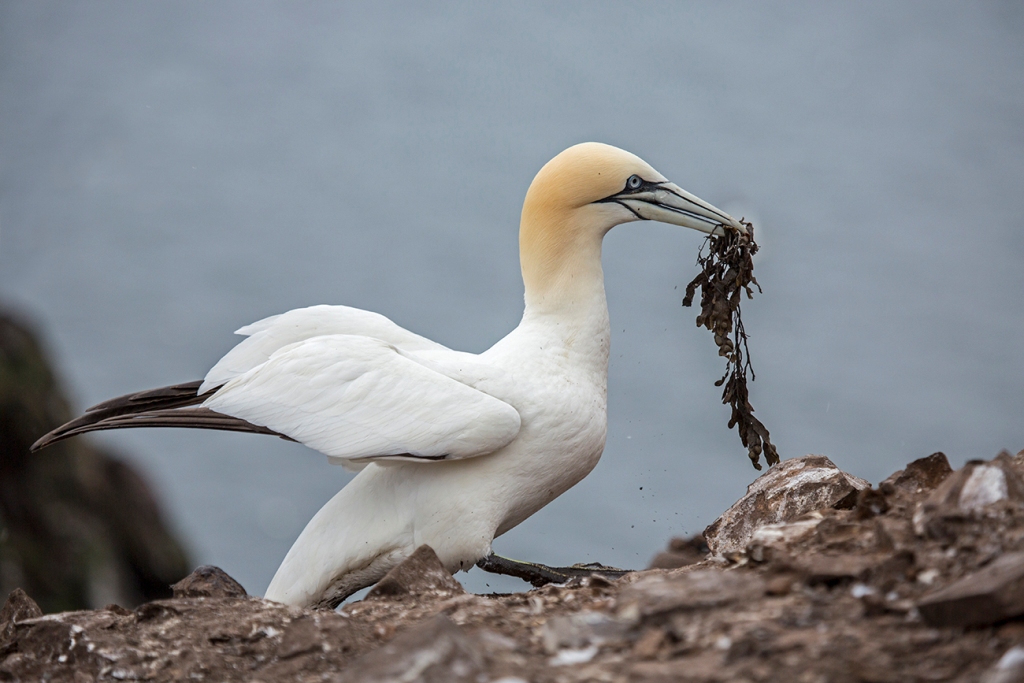
Soon after that, on June 2014, she added environmental education to her mission. During a trip to Scotland to study an Atlantic puffin (Fratercula arctica) colony, she was surprised by that “amazing place” but she couldn’t help to be disappointed. “I’ve found some birds carrying plastic and eating it. Eggs rolled up in plastic in their nests. In that moment I decided to do something about it”, told this Brazilian photographer. “Our acts, just simple things as throwing trash away, can cause massive damages to the environment.”
One of her favourite birds is the Atlantic puffin, such as this one she photographed on Iona Island, Scotland.
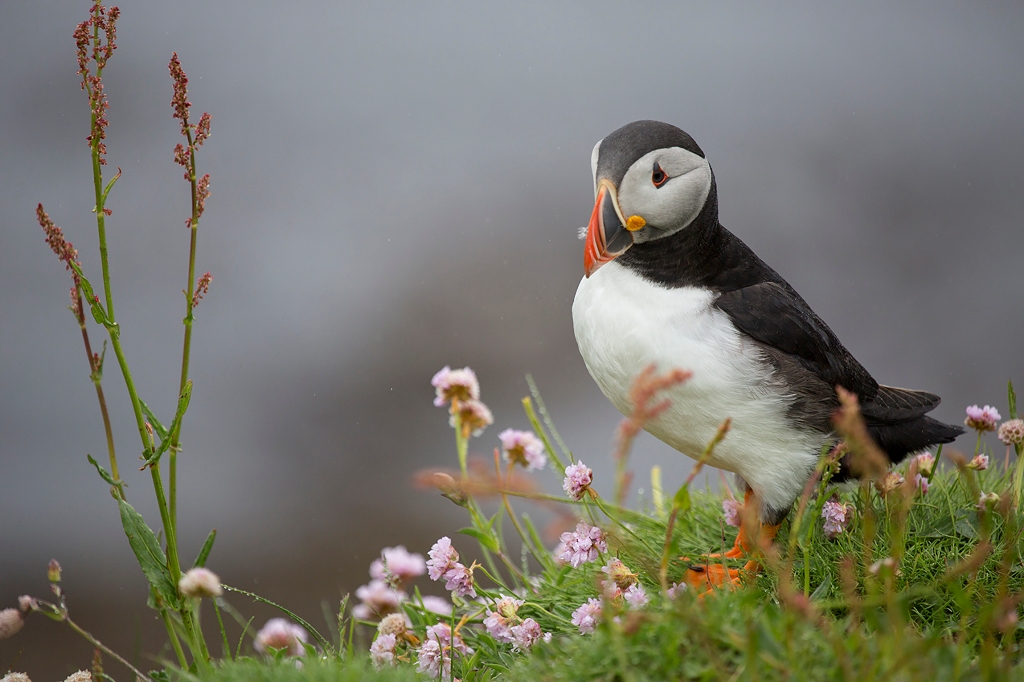
This photo means a lot to her. “I like to talk about puffins because they are one of the most beautiful animals I’ve have ever seen. Besides that, these birds were hunted to near extinction”, she told Wilder. “Puffins are very curious animals and, for me, the best way to photograph them was to lay down on the ground. I took this picture and used the natural vegetation as a kind of frame.”
Germany and Brazil are the two countries where Andrea spends most of her time. She has family in Germany and stays with them in between trips to “edit photos and prepare them to publish”. When travelling in South America she goes to Brazil to see her parents.
Of all the countries she visited, the ones where she found the most amazing wildlife were Scotland, Greece and Argentina.
This wildlife photographer remembers when she observed a Dalmatian pelican (Pelecanus crispus).
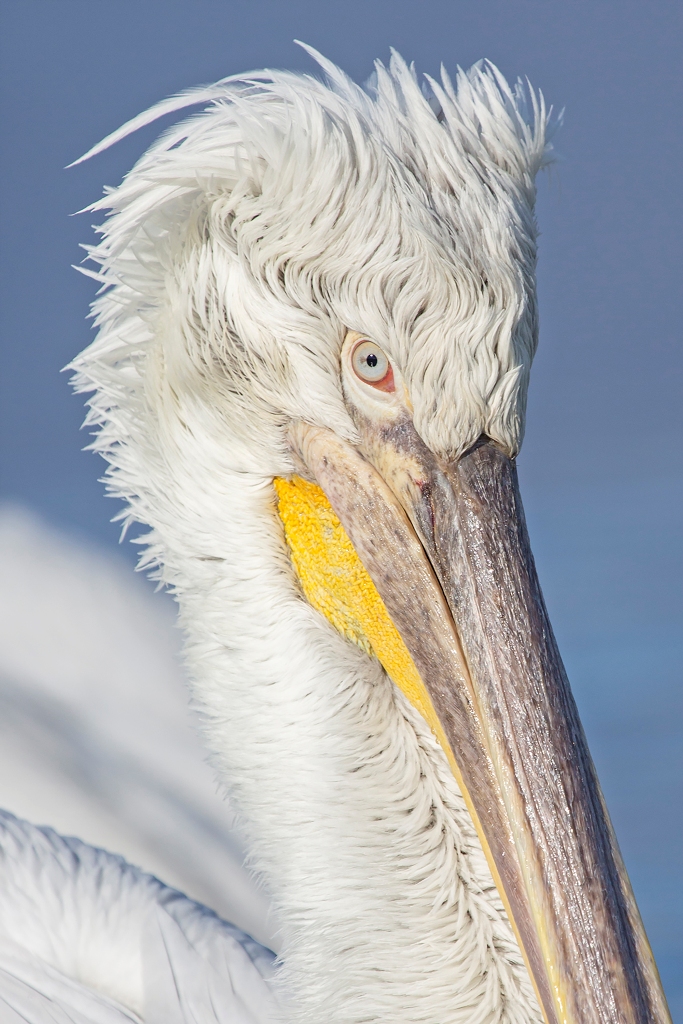
“Being face to face with the larger pelican species in the world was one of the most amazing moments of my project. Their eyes are so intense, and that brings strength to the photographs. This species has a Vulnerable conservation status and because of that it has a special place in my work”, she tells Wilder.
In order to find money to finance her travels, Andrea sells some of her bird photos. “But now I’m looking for sponsorships to help me develop education projects.”
Her last expedition was to Argentine Patagonia, where she found huge penguin colonies.
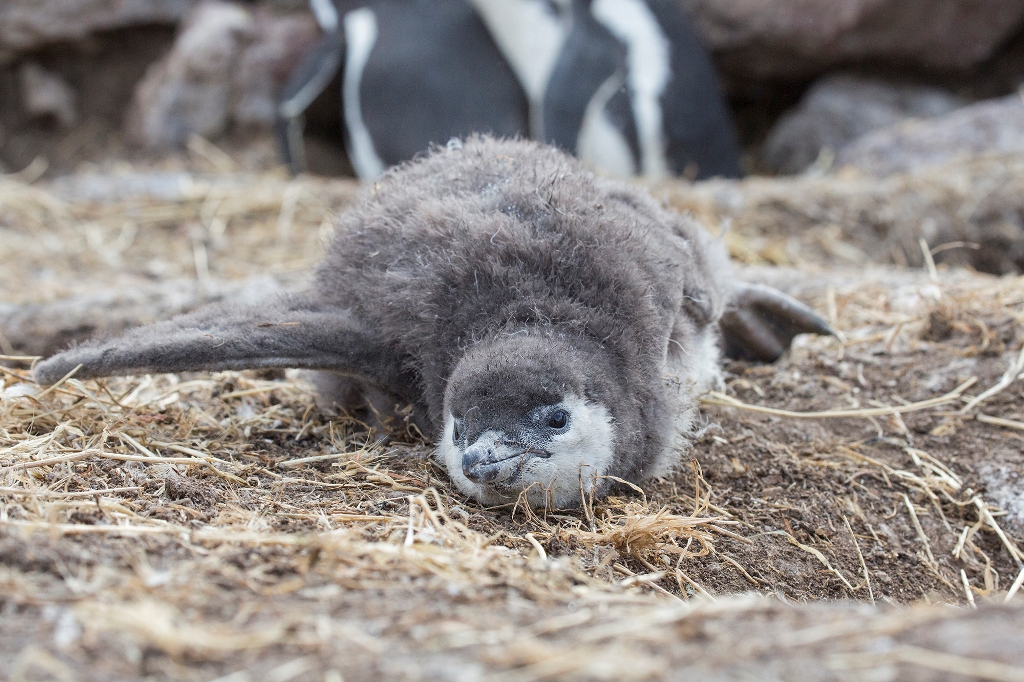
Andrea believes her work is having positive results, by inspiring people to love wildlife.
This spring, Andrea is coming to Portugal, “one of the European countries with more bird species”, she explains. Then, in summer, she heads to England and Ireland to photograph birds in the reproduction season. In the near future, she wants to publish a book with her bird pictures.
But above all, she says, “I want to continue doing my work, helping animals in any ways that I can”.
[divider type=”thin”]
If you want to know more about Andrea’s work, you can visit her site or Facebook page.

